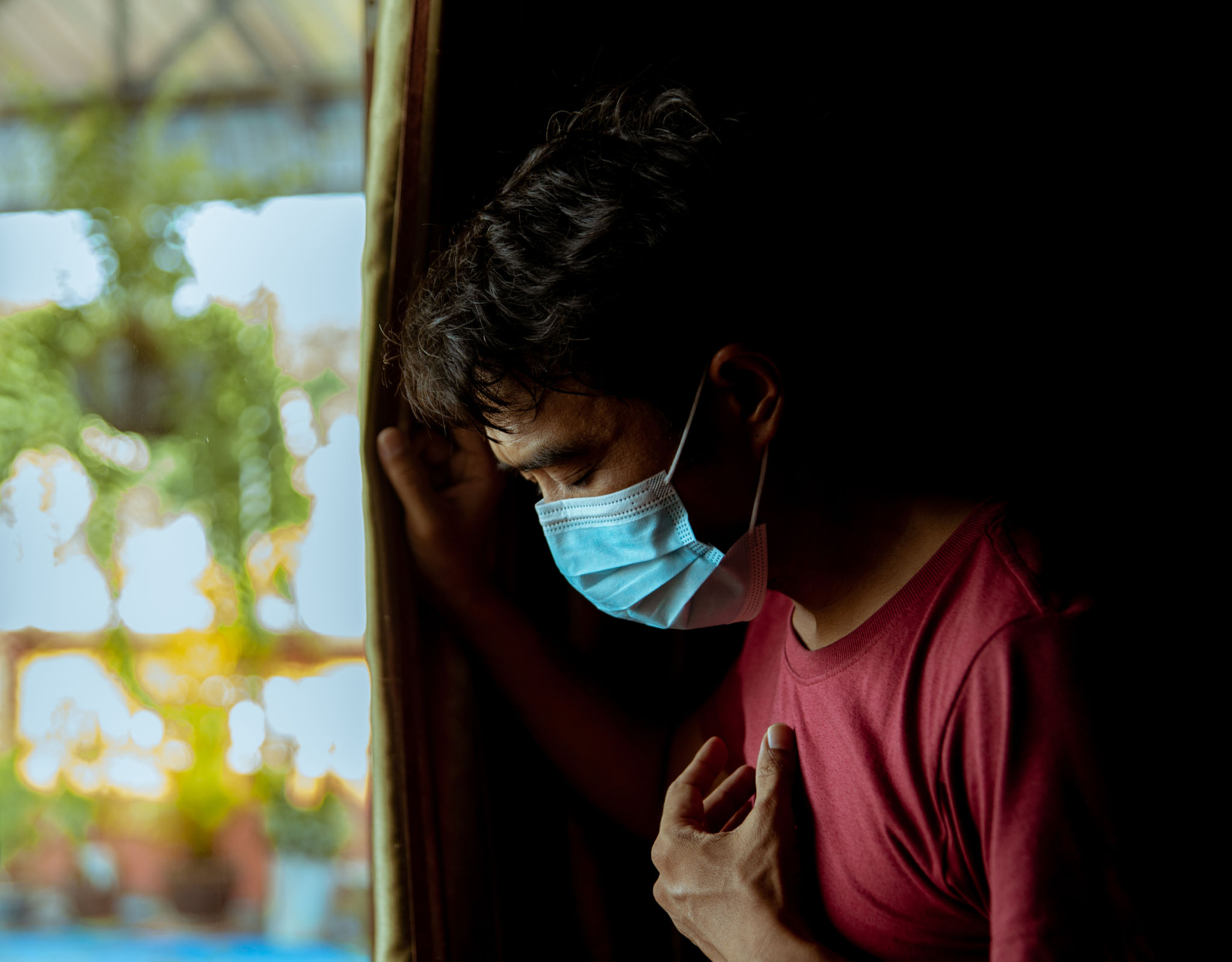How to Navigate Long COVID Treatment Options: A Step-by-Step Guide
Understanding Long COVID
Long COVID, also known as post-acute sequelae of SARS-CoV-2 infection (PASC), is a complex condition that affects individuals who continue to experience symptoms weeks or months after recovering from the acute phase of COVID-19. Common symptoms include fatigue, brain fog, difficulty breathing, and joint pain. Navigating the treatment options available can be overwhelming, but understanding the steps involved can help you manage this condition effectively.

Step 1: Seek Professional Medical Advice
The first step in addressing long COVID is to consult with a healthcare professional. A doctor familiar with your medical history can help determine if your symptoms are related to long COVID or another condition. They may recommend a series of tests to rule out other illnesses and provide a personalized treatment plan.
It’s crucial to maintain open communication with your healthcare provider and inform them about all your symptoms, even those that seem unrelated. This comprehensive approach ensures that no detail is overlooked in your treatment journey.
Choosing the Right Specialist
If your primary care physician isn’t familiar with long COVID, they might refer you to a specialist. Depending on your symptoms, you may need to see a pulmonologist, neurologist, cardiologist, or other specialists. Ensure that the specialist has experience dealing with long COVID cases for the best care.

Step 2: Explore Treatment Options
Once you have a diagnosis, exploring available treatment options is essential. Treatment for long COVID is often symptomatic, focusing on alleviating individual symptoms since there is no one-size-fits-all solution. Here are some common approaches:
- Medications: Depending on your symptoms, medications such as pain relievers, anti-inflammatory drugs, or antidepressants may be prescribed.
- Physical Therapy: For those experiencing muscle weakness or fatigue, physical therapy can help improve strength and endurance.
- Cognitive Therapy: If you're dealing with brain fog or memory issues, cognitive therapy might be beneficial in managing these symptoms.
Alternative and Integrative Therapies
Some individuals find relief from alternative treatments such as acupuncture, meditation, and yoga. These therapies can complement traditional medicine by reducing stress and improving overall well-being. Always discuss these options with your healthcare provider before incorporating them into your routine.

Step 3: Monitor Your Progress and Adjust
Managing long COVID requires ongoing assessment and adjustment of your treatment plan. Regular follow-ups with your healthcare provider are essential to ensure that the chosen therapies are effective. Keep a symptom diary to track changes and share this with your doctor during appointments.
If certain treatments aren’t working, don’t hesitate to discuss alternative strategies with your healthcare team. Flexibility in your approach can lead to better management of symptoms over time.
Support Networks
Building a support network is crucial for emotional and physical recovery. Connecting with others who are experiencing long COVID can provide encouragement and practical advice. Consider joining support groups online or in your community to share experiences and strategies.

Step 4: Stay Informed
Research on long COVID is evolving rapidly. Staying informed about the latest findings and treatment options can empower you in managing your condition. Follow reputable sources such as government health websites and scientific journals for updates.
Your healthcare provider can also be a valuable resource in keeping you informed about any new developments that might affect your treatment plan.
Conclusion
Navigating long COVID treatment options involves multiple steps, from seeking professional advice to exploring various therapies and continuously monitoring progress. By taking proactive steps and staying informed, individuals can better manage their symptoms and improve their quality of life. Remember, you’re not alone in this journey; support is available every step of the way.